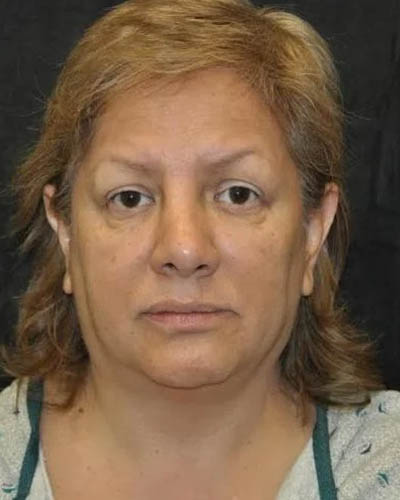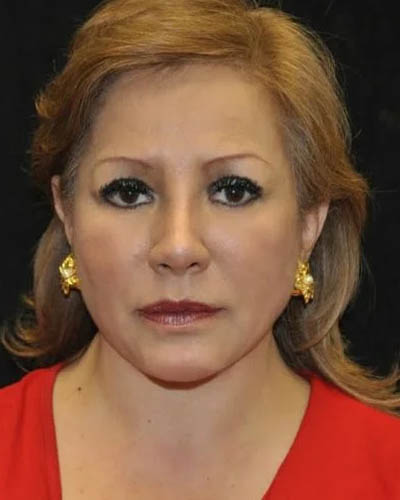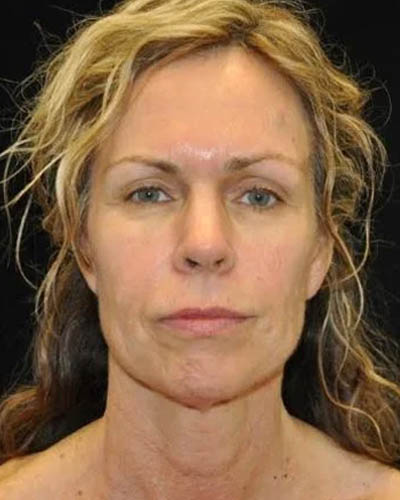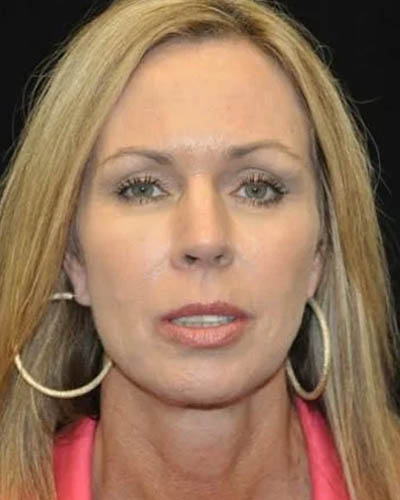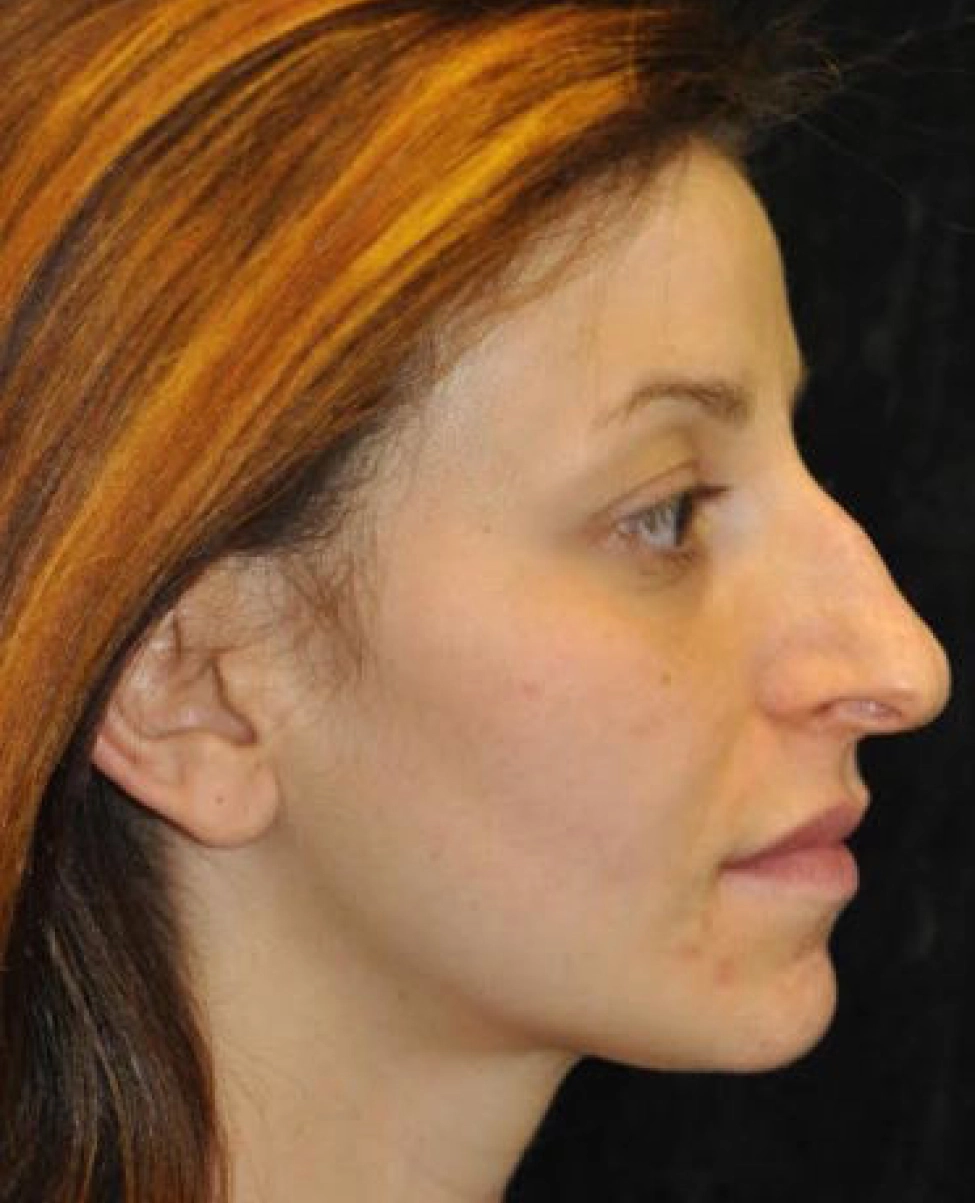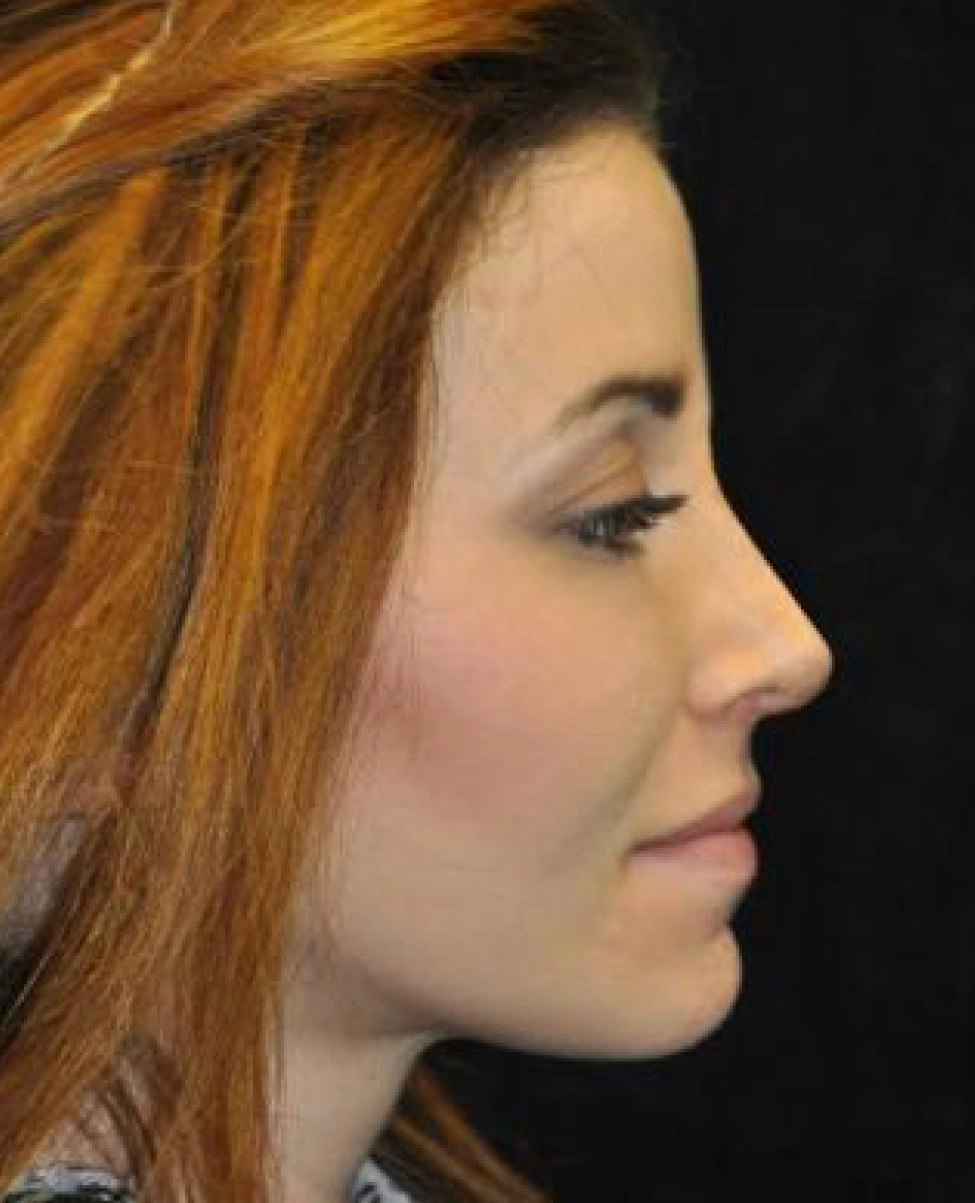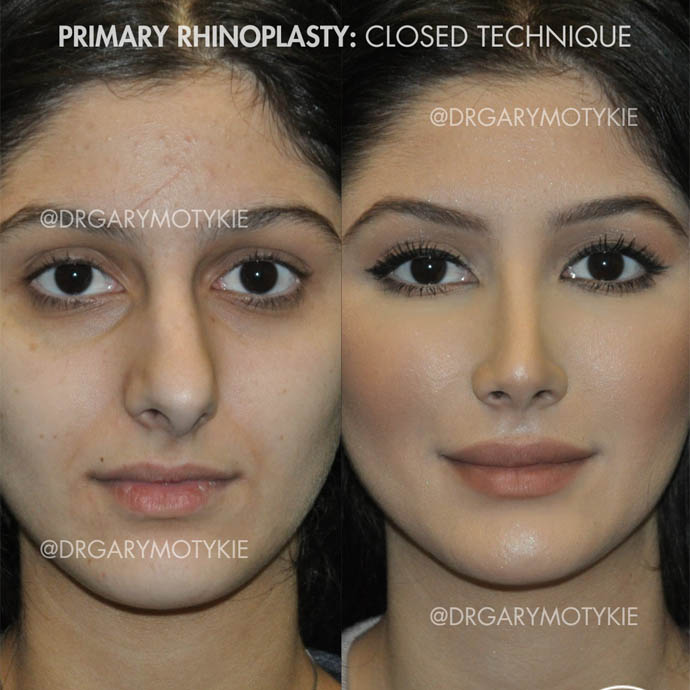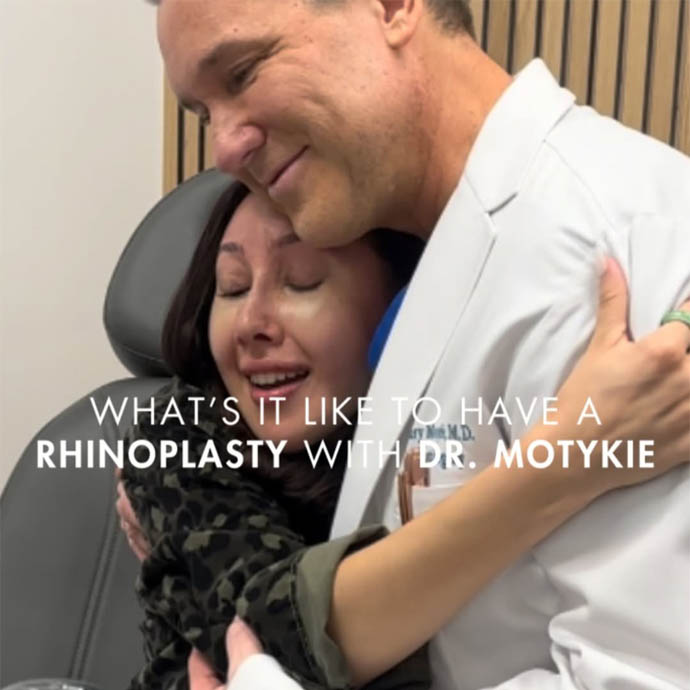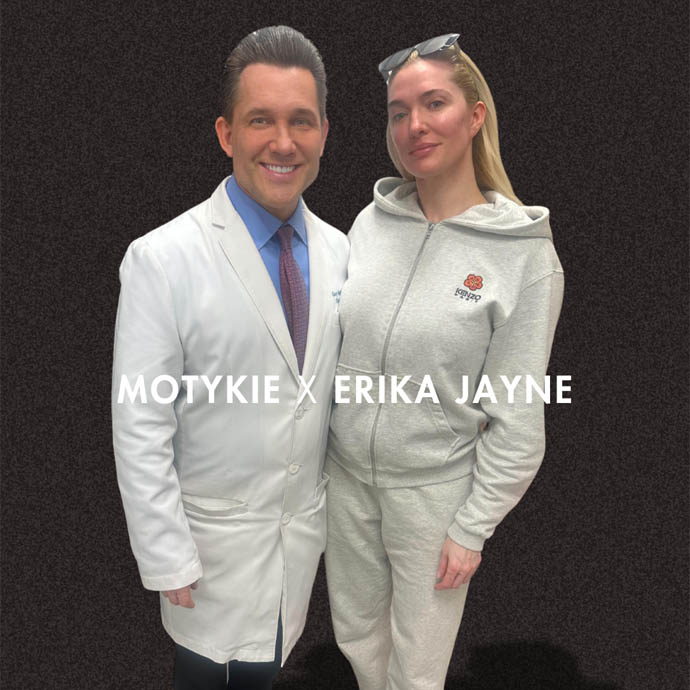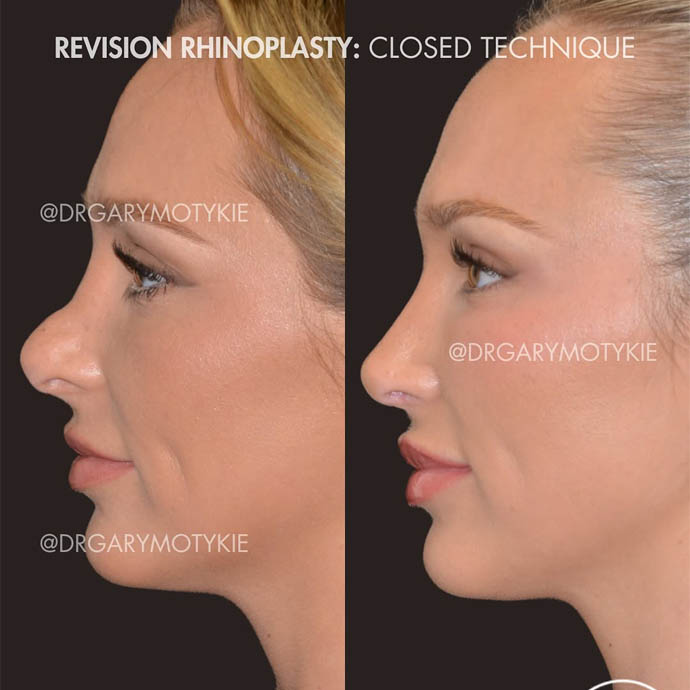- Face
- Breast
- Body
- Motykie Med Spa
- Injectables
- Skin
- Celluma Led Light Therapy
- Chemical Peels
- Hydrafacial
- IPL Photofacial
- Laser Hair Removal
- Laser Skin Resurfacing (Laser Genesis)
- Medical Grade Facials
- Morpheus8
- Microneedling
- PRFM / PRP (EZ Gel)
- RF BTL Exilis
- Spider Veins & Vascular Leisons+ (ExcelV)
- Sun & Brown Spot Removal
- Stem Cell Facelift
- Thread Lifts
- Anti-Aging
- Hair
- About
- Surgery Suite
- Locations
- Gallery
- Resources
- Media
- Consultation

Two lines make up the nasolabial angle as part of the nose anatomy. The first line extends from the nasal tip to the area above the upper lip.
The second one runs from the upper lip to the nose base, where the nostrils bifurcate. The nose tip rotation and nose projection can affect the degree of this angle.
In a majority of cases, the surgeon will try to create a 90 to 95-degree nasolabial angle in men and a 100 to 105-degree angle in women. They can refine this angle through a combination of various rotation adjustment and projection techniques.
Board certified plastic surgeon Dr. Gary Motykie provides rhinoplasty to patients in Beverly Hills, West Hollywood, Los Angeles, and surrounding locations.
Correcting Nose to Lip Angle and Bulbous Tip
To correct a bulbous nose tip, the surgeon may use a full delivery technique. This involves suturing the dome to the lower later cartilages while adding a cartilaginous strut graft for support, if necessary.
The surgeon can also correct wide and flared nostrils through alar-based reduction. Any type of acute angle to the lip can be corrected by raising the tip and reducing the caudal membranous and cartilaginous septum.
Other techniques to correct this condition involve reducing the anterior septal angle to allow upward tip rotation as well as techniques that change the tip itself or the tripod of the nose and provide length to the medial crus or columella to enable it to project upwards and rotate.
The surgeon may choose to shorten the gull wing or lateral aspect of the nose tip cartilages. They can use these approaches in combination to narrow the nasal tip and improve the columellar labial angle (CLA) at the same time. Finally, the surgeon can undertake the alar base excision along with a rhinoplasty and make the nose base narrower for width reduction.
Various techniques are available to correct the angle between the lip and the columella such as Caudal extension grafts and plumping grafts which can effectively project the nasolabial angle.
Creating proper tip rotation is a standard feature of rhinoplasty procedures. It is often used along with developing better nasal tip definition. But thicker skin causes limitation in creating better definition.
The surgeon may trim the septum at the anterior angle. However, the surgeon can recommend this specific technique to the patient only after an examination of the nose.
Lifting a Drooping Nose Tip
The nasal tip is often droopy in patients who have thick skin and heavy noses. Various techniques can effectively elevate the nose tip. The surgeon can reduce the length of the septum. But most heavy noses require extra tip support. The surgeon can use cartilage grafts to provide support to the nose tip as well as push it upwards.
The nasal septum is the ideal source of graft material if the patient has not undergone rhinoplasty in the past. The surgeon can also make the tip cartilages narrower. For patients with very thick skin that requires more support, the surgeon will typically use a graft comprising the patient’s own cartilage, called an extended shield graft.
Cosmetic surgeon Dr. Gary Motykie receives patients from Beverly Hills, West Hollywood, Los Angeles, and nearby areas for rhinoplasty.
Click here for Virtual Consultation
- To see more services and treatments provided by Board Certified Plastic Surgeon, Dr. Motykie in Beverly Hills | Los Angeles | West Hollywood and his team please visit:
